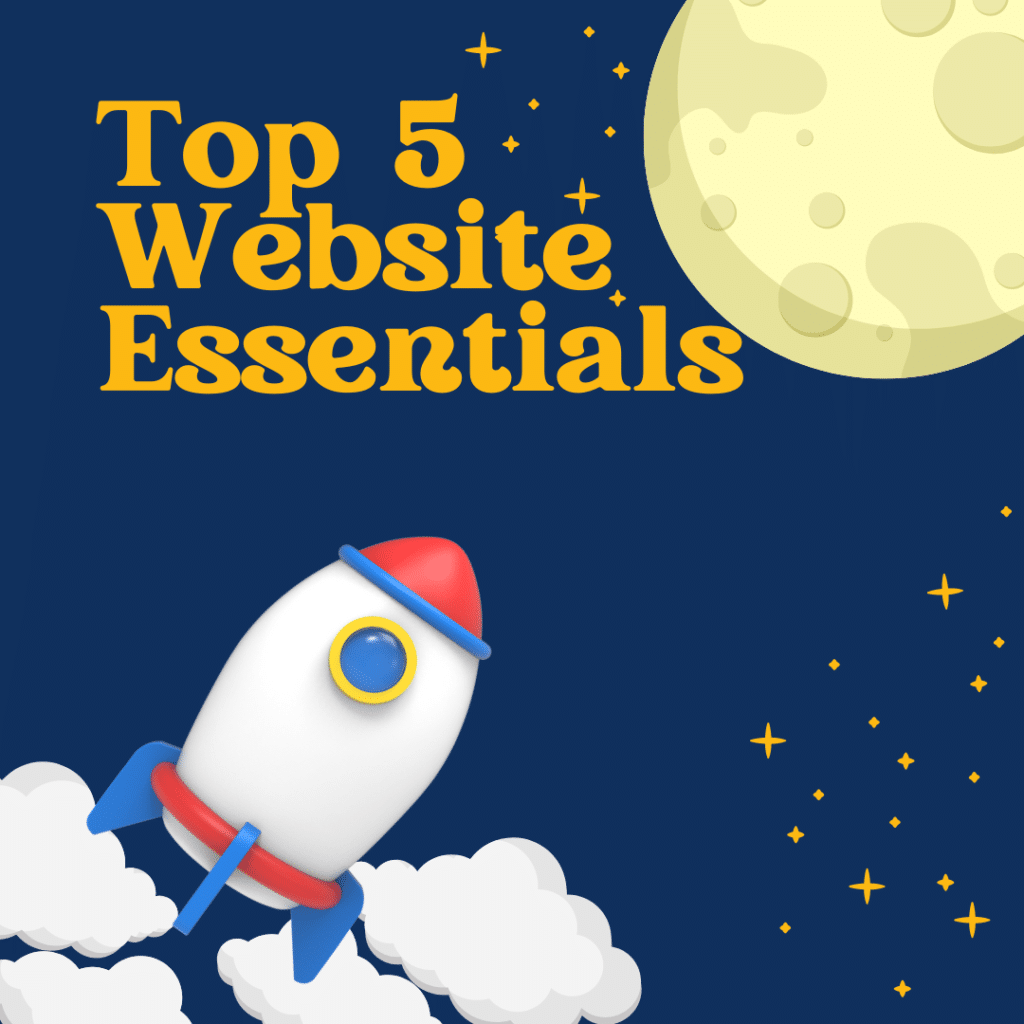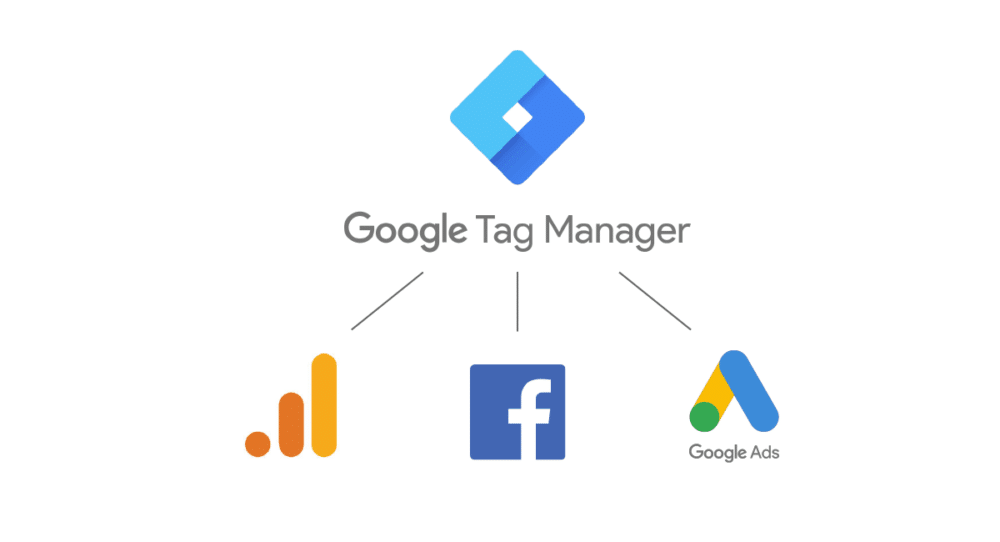What is a SEO Pillar Content Page?
When it comes to Search Engine Optimization (SEO), many strategies can help your website rank higher on search engines like Google. One effective strategy that has been gaining attention is the use of “Pillar Content” and “Pillar Pages.” These are essential tools in helping websites organize their content in a way that is easy for both users and search engines to understand. But what exactly are pillar content and pillar pages, and how do they help boost SEO? Let’s break it down in simple terms.
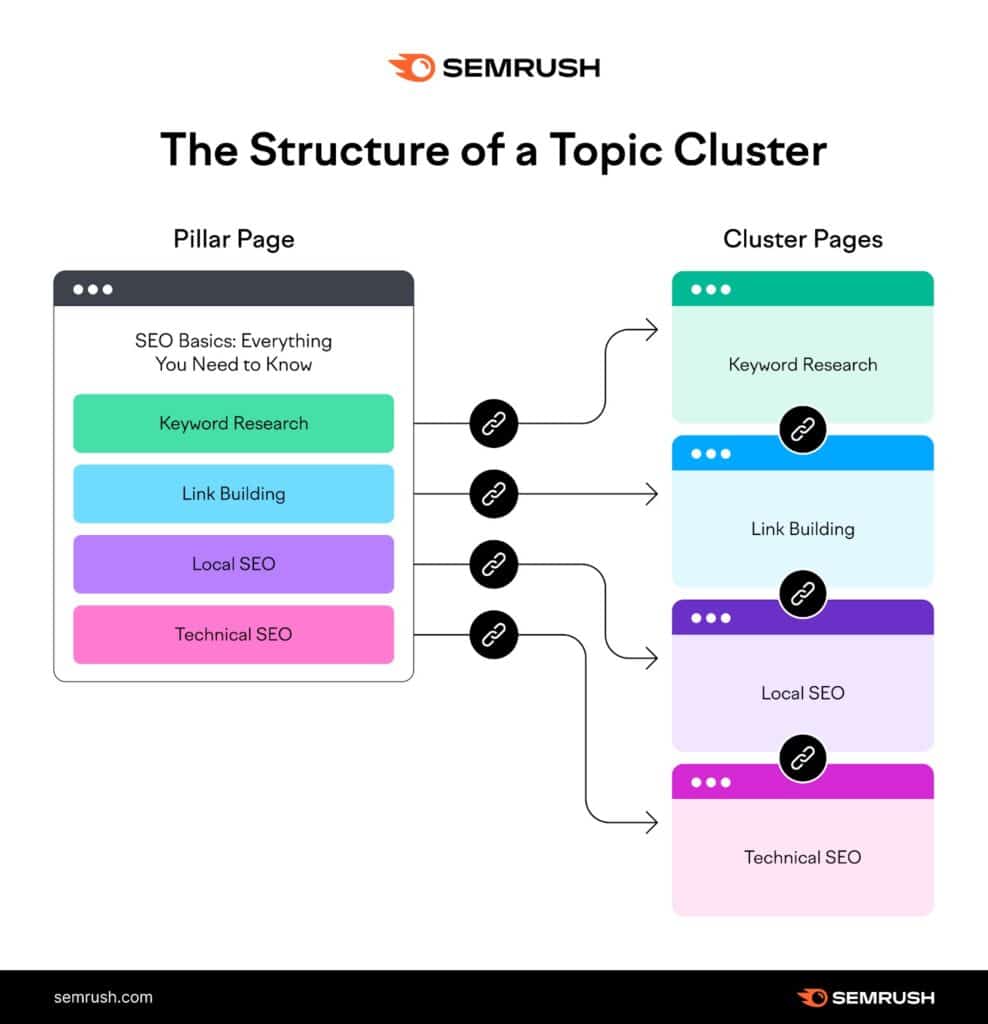
What is Pillar Content?
Imagine your website as a big library with different sections. Each section covers a specific topic or theme. Within each section, there are books (or articles) that dive deeper into individual subjects related to the main theme. Pillar content works in a similar way. It’s the main piece of content that covers a broad topic, like a “guide” or “ultimate overview” of a subject, and it serves as the foundation for related, more specific content pieces on your website.
Pillar content is generally comprehensive, covering all the basics of a particular topic in one place. For instance, if you own a website about fitness, a pillar content page might be “The Complete Guide to Building Muscle.” This page would offer an in-depth look at the broad topic of muscle building. Within this page, you might touch on various related subtopics, like nutrition for muscle growth, effective exercises, recovery tips, and more. However, the pillar content page won’t go into extreme detail on each subtopic—it gives an overview while linking to more specific articles on those subtopics. These supporting articles are known as “cluster content.”
What Are Pillar Pages?
Pillar pages are essentially the web pages where pillar content is housed. These pages act as the main “hub” for a particular topic on your website. They organize content in a logical way, allowing users to easily explore a topic in depth by providing links to cluster content. Think of a pillar page as a “table of contents” for a topic. It provides an overview and links to related articles that dive deeper into each subtopic.
For example, on a pillar page about “Healthy Eating,” you might include links to more detailed articles such as “The Benefits of a Balanced Diet,” “How to Meal Prep for Beginners,” or “Best Foods for Weight Loss.” The pillar page itself gives a broad overview, while the linked articles go into specific aspects of healthy eating. This structure makes it easier for visitors to find all the information they need about a topic, and it also shows search engines that your website has a wealth of organized information on that subject.
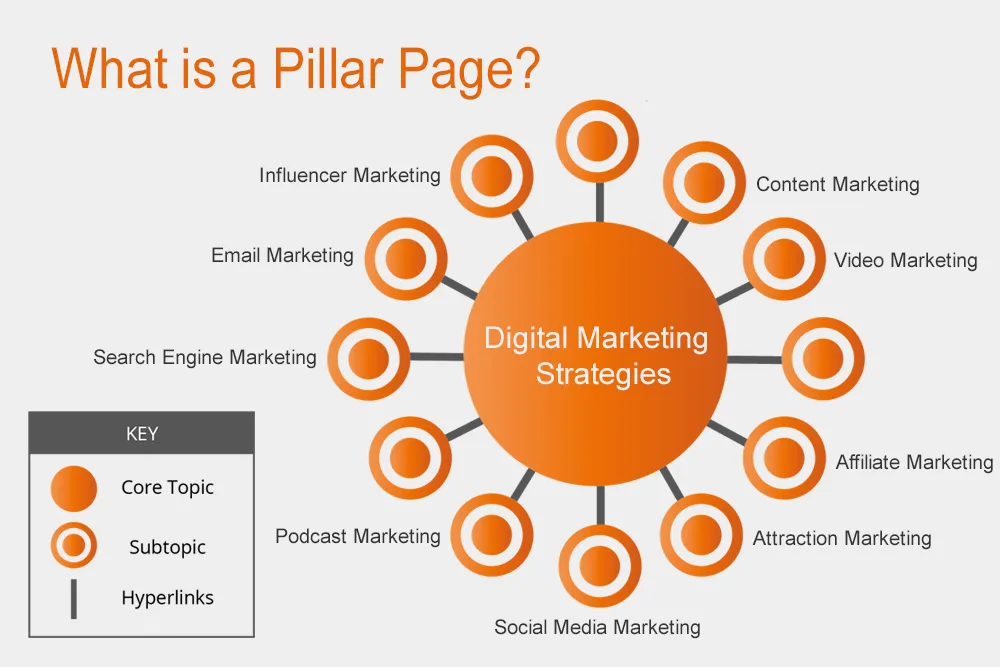
How Do Pillar Pages and Pillar Content Benefit SEO?
Using pillar content and pillar pages can significantly enhance your website’s SEO for a few reasons:
- Improves User Experience: Pillar pages make it easier for visitors to navigate your website and find relevant information. When users have a smooth experience on your site, they’re more likely to stay longer, reducing the bounce rate (the rate at which users leave your site quickly). This signals to search engines that your website is valuable and engaging, which can boost your rankings.
- Helps Search Engines Understand Your Content: Search engines like Google aim to provide users with the best answers to their queries. When your website has well-organized pillar content and pillar pages, it becomes easier for search engines to understand the structure of your site. They see that you have a central, authoritative page (the pillar page) and related content that supports it, making it more likely for your site to rank higher for relevant search terms.
- Increases Keyword Relevance: When you create a pillar page, you’re essentially creating a page with a highly relevant keyword for a broad topic, like “healthy eating” or “muscle building.” Then, by linking to cluster content with more specific keywords, you’re covering all angles of that topic. This keyword organization helps your website rank for a variety of search queries related to the main topic.
- Encourages Backlinks: Since pillar content is typically comprehensive and valuable, it’s more likely to attract backlinks (links from other websites). Backlinks are an important ranking factor, as they signal to search engines that your content is trustworthy and authoritative. When people link to your pillar page, it not only helps that page rank higher but also boosts the SEO value of your cluster content, as they’re all interlinked.
How to Create Pillar Pages and Content for Your Website
If you’re ready to implement this SEO strategy, here are some simple steps to get started:
- Choose a Broad Topic: Start by picking a broad topic that is relevant to your business and audience. Think of something that can serve as the main category for several related subtopics. For example, if you run a travel website, a pillar topic could be “The Ultimate Guide to Traveling Europe.”
- Create Your Pillar Content: Write an in-depth article on the chosen topic. Make sure it provides a general overview and includes links to more specific articles (cluster content) that cover subtopics in detail. This main article should be informative, engaging, and comprehensive but not go too deep into every subtopic.
- Develop Cluster Content: Write individual articles on each subtopic that supports your pillar page. These articles should dive deeper into aspects of the broad topic. For instance, if your pillar page is about traveling in Europe, your cluster content could include articles like “Top Destinations in Italy,” “Budget Tips for Backpacking,” and “European Train Travel Guide.”
- Link Everything Together: Ensure your pillar page links to each piece of cluster content, and vice versa. This creates a web of content that shows search engines your expertise on the subject and encourages users to explore more of your website.
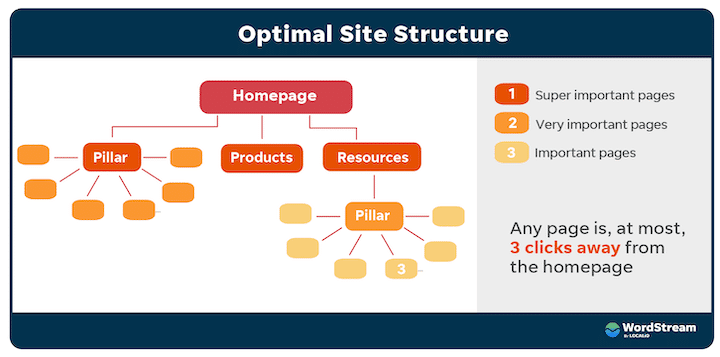
Conclusion: Enhancing Your SEO with Pillar Content and Pillar Pages
Using pillar content and pillar pages is a powerful way to organize your website’s information, making it easier for both users and search engines to navigate. This SEO strategy not only improves the user experience but also increases your chances of ranking higher in search results by showing search engines that you have a well-structured collection of valuable content on a specific topic. By implementing pillar pages and cluster content, you’re creating a resource that not only educates and engages your audience but also builds your website’s authority in the eyes of search engines. It’s a win-win for both your visitors and your search engine rankings.
Reference Information
SEM Rush Pillar Content Article
How useful was this post?
Click on a star to rate it!
Average rating 5 / 5. Vote count: 1
No votes so far! Be the first to rate this post.
Author
-

Meet Anthony Ernst, the creative force behind ThreeSphere. With a passion for art and a knack for business, Anthony is a multi-talented entrepreneur who wears many hats. As the owner of ThreeSphere, he combines his expertise in web development with his artistic vision to craft stunning and functional websites for clients.
View all posts



